Gardening During a Heatwave
by Marie Shallcross
Hello
There are two, related topics I’d like to share with you this month. Keeping your plants hydrated and ensuringyour garden plants survive when you go away on holiday.
Spending time in our gardens on a sunny day is one of the pleasures of summer. However, sometimes our plants, children, pets, and ourselves can have too much sun.
Hot summers, whether that’s a few days of intense heat repeated over the summer months and/or a generally warmer summer overall. As a result, we will need to change how we garden and how we use our garden, and that can feel daunting.
But it doesn’t need to. There are small changes that we can put into place fairly easily, which will progressively make a huge difference. To make it achievable, let’s just focus on watering for now. For some gardeners, this can take up a lot of their time and be a real chore, so being able to grab back ‘me time’ is a bonus.
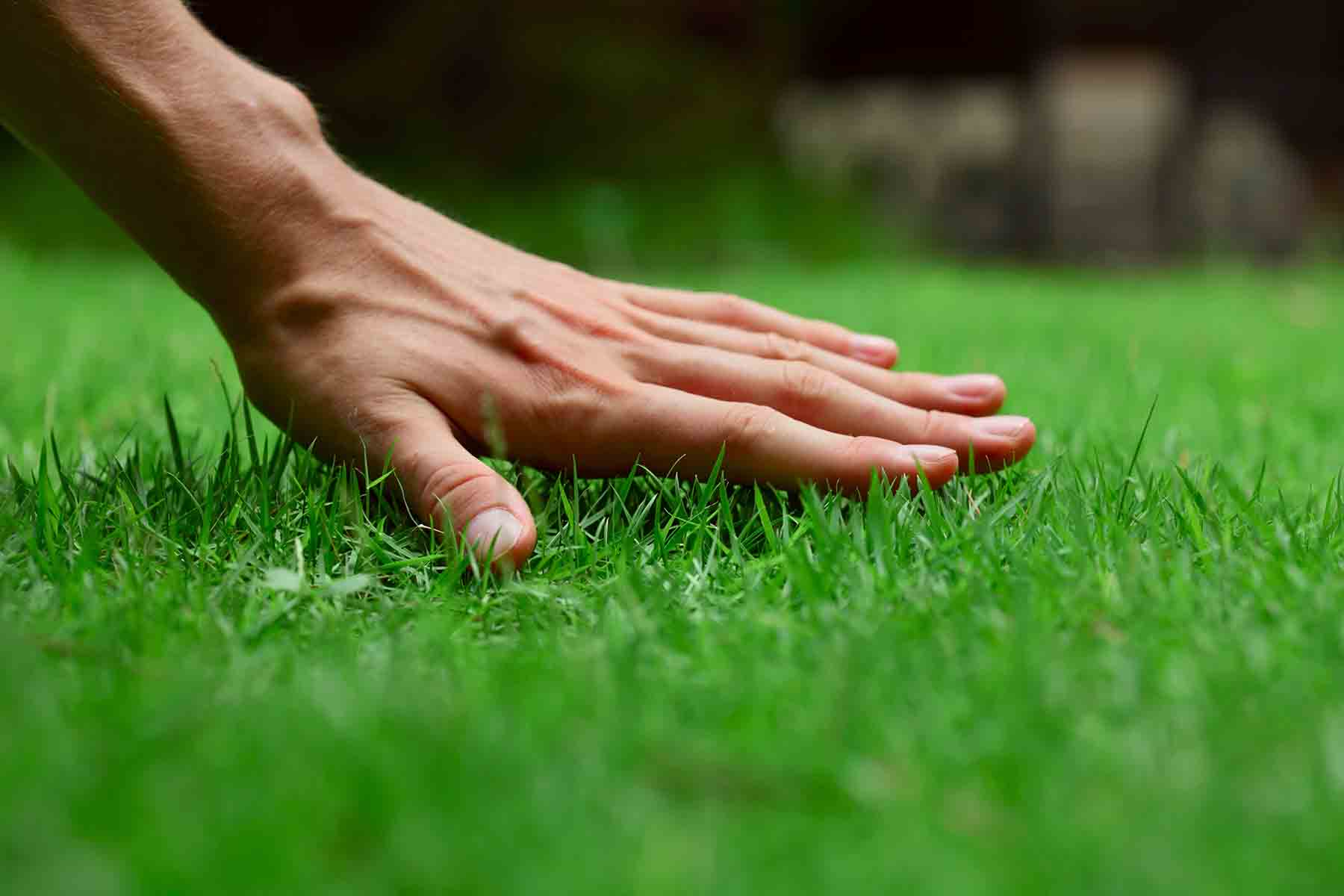
The lawn
I exclude this from watering unless it’s recently laid turf or sown seed. The grass is a great survivor and will green up with the first rainfall we have. The leaves, or turf, that you see may die, but the roots have gone dormant, to conserve water and energy. This is why it can put out new leaves so quickly when it rains or the temperature cools.
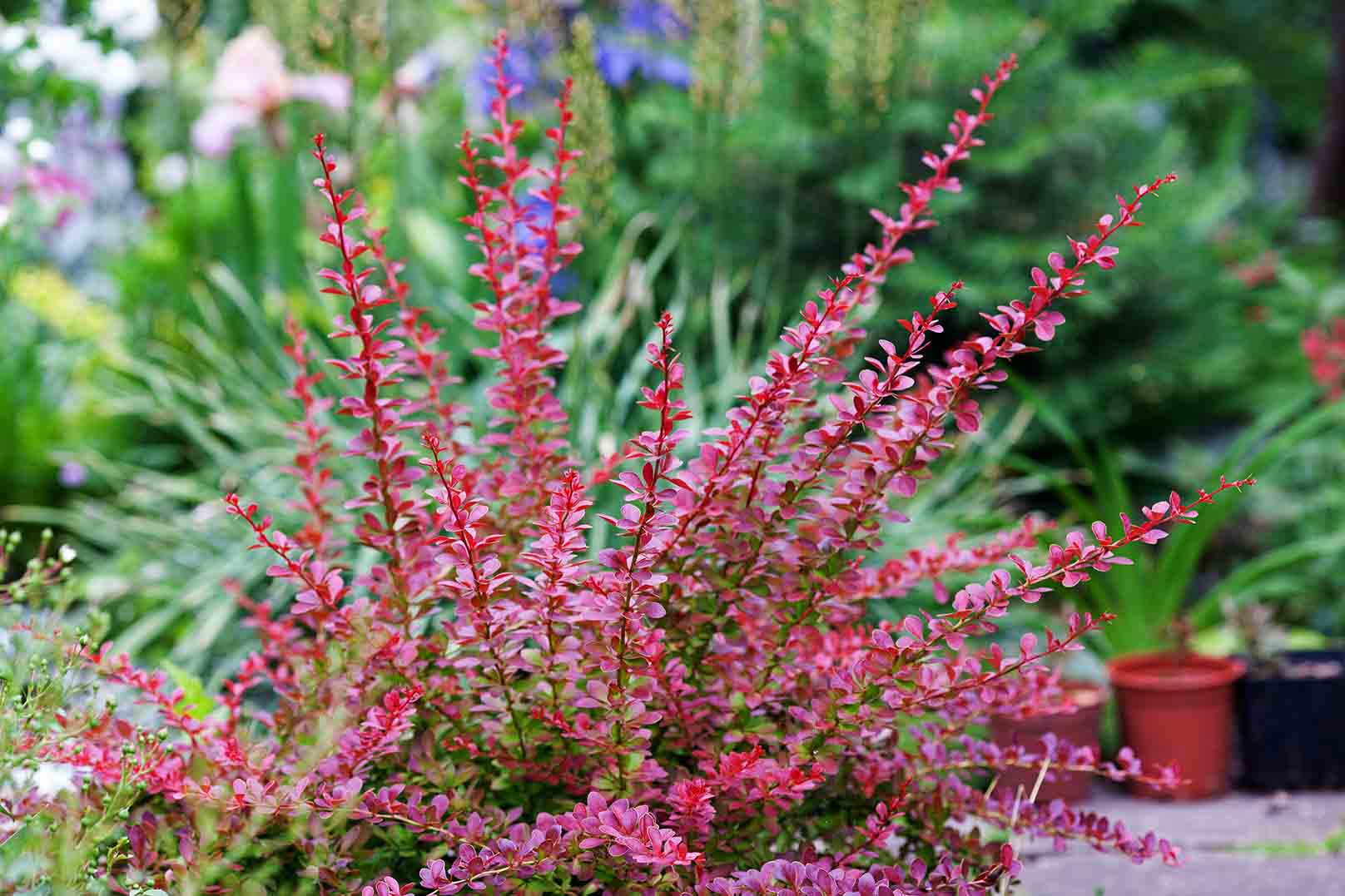
Established/mature ornamental trees and shrubs
These should have a root system that goes deep into the soil, so they shouldn’t need watering unless we have a sustained drought (high temperatures and no rain for more than 4 weeks).
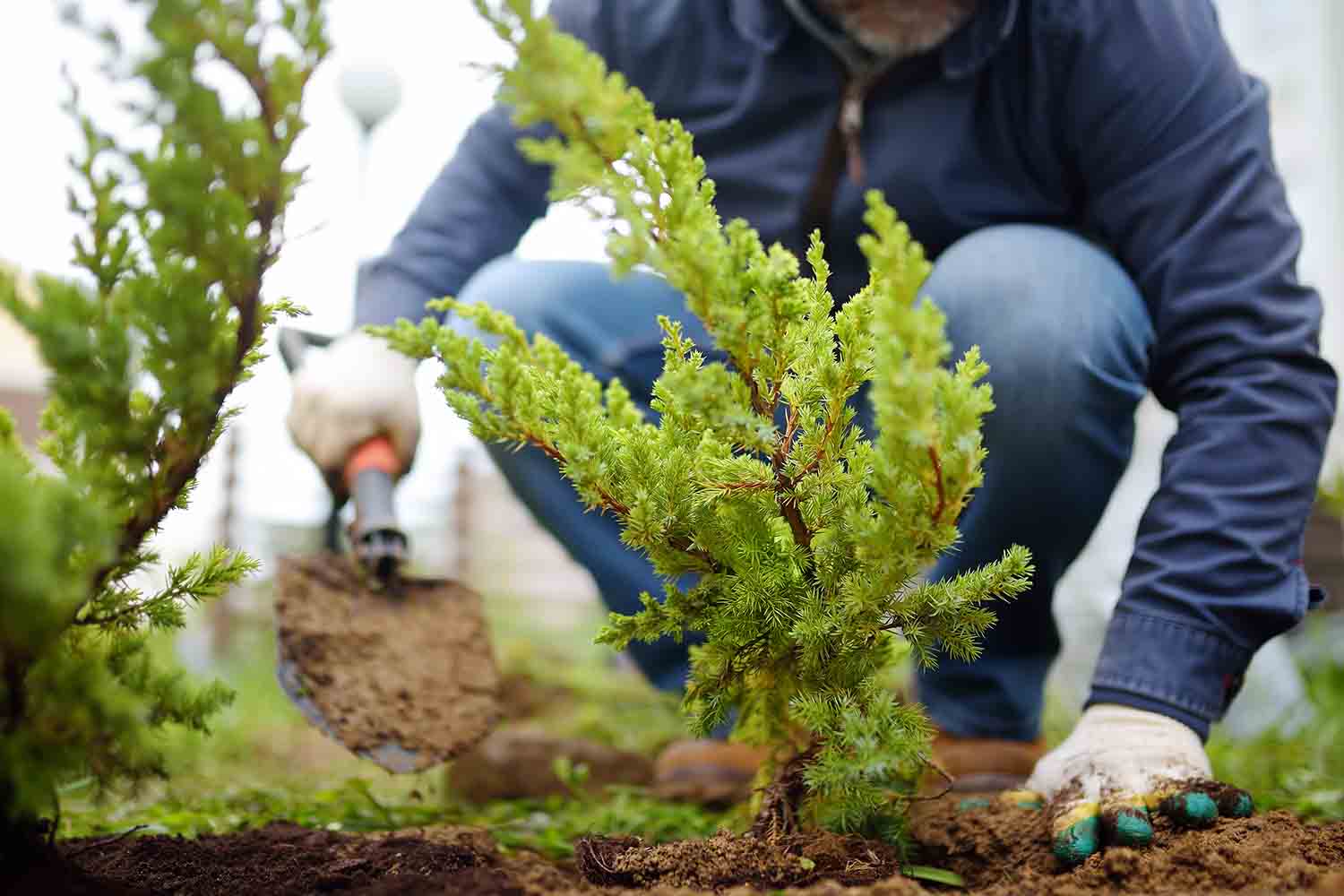
Recently planted ornamental trees and shrubs
These will need extra water in the first 3 -5 years after planting, depending on the species and size at planting. Your local British Garden Centre can advise you on this when purchasing your plants.
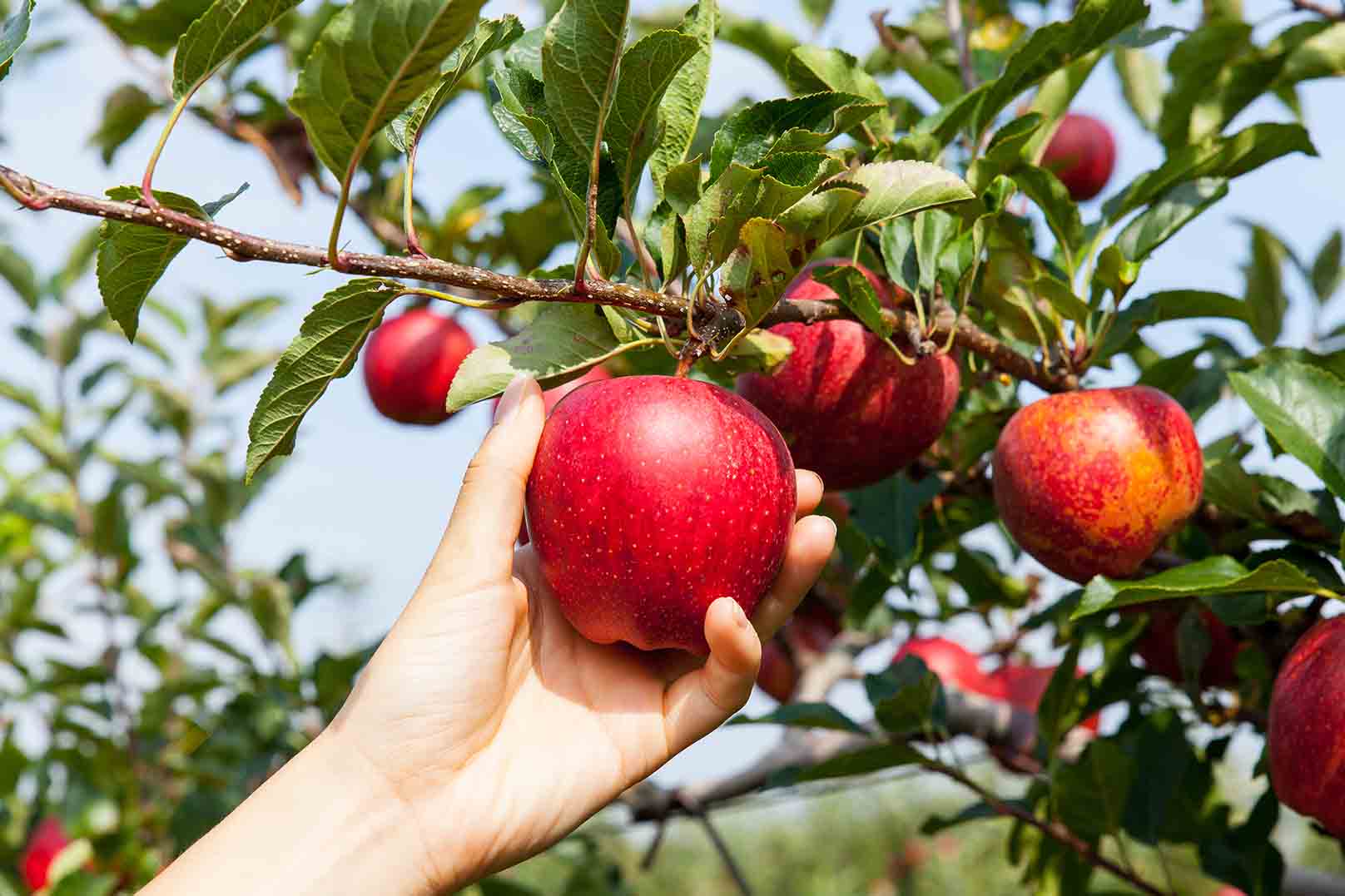
Edible trees and shrubs
Although they need less generally once established, fruit trees and bushes will need water at certain key times. Now we’re in the summer, it’s about ensuring that fruit ripens, and sufficient water is needed for juicy fruit.
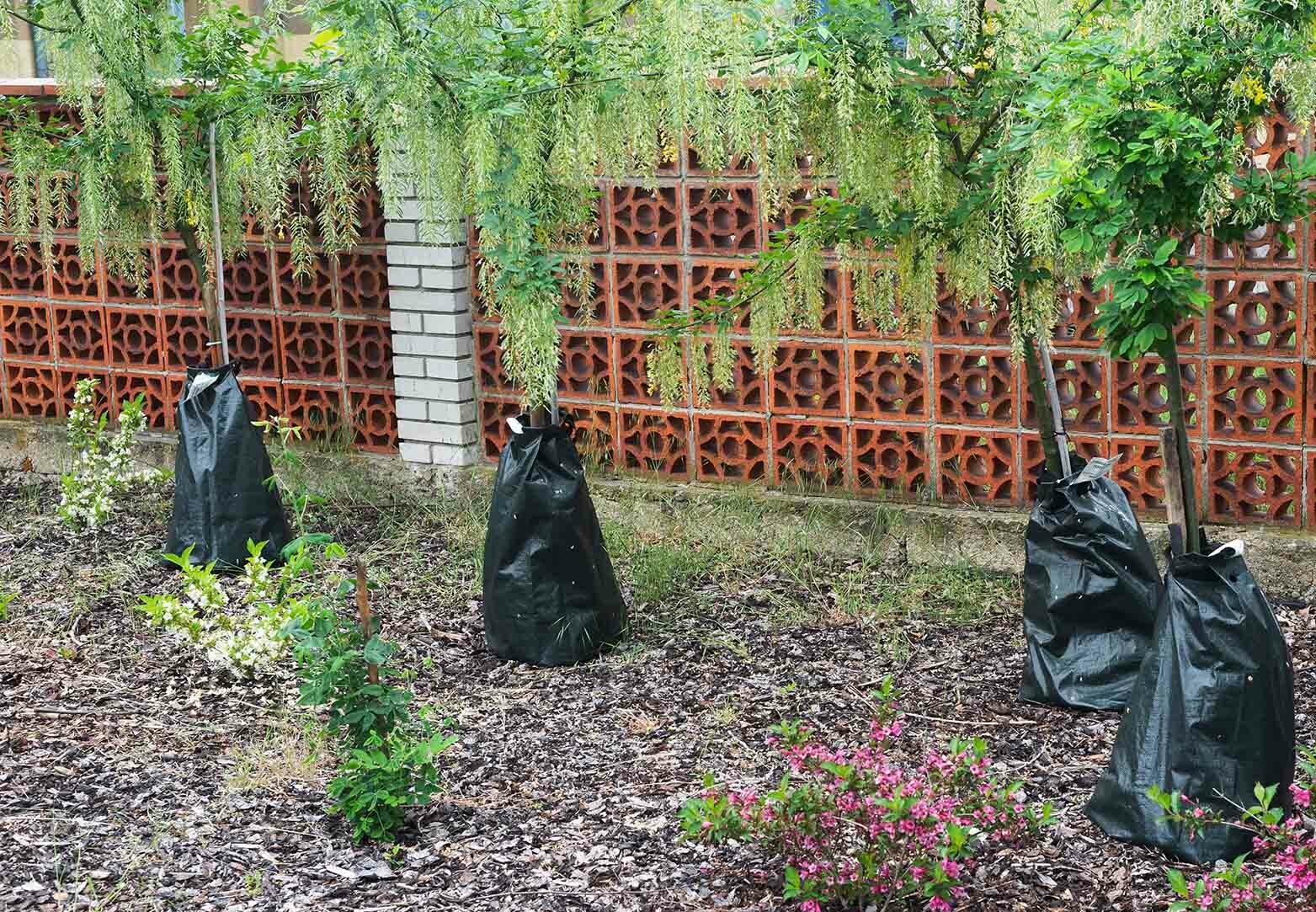
Tree Support
You could buy aids that ensure the trees are getting enough water without you needing to water every day. For example:
Tree bags It’s best to add these when you first plant trees and shrubs. Ask at the garden centre when you’re buying the tree, although you can add retrospectively.
Simple drip hose surrounding the tree, linked to a reservoir, eg a water butt. This is even better if it can be set up when planting so watering is at root depth.
Watering funnels that sit in the ground, (similar to those seen for watering tomatoes in the greenhouse).
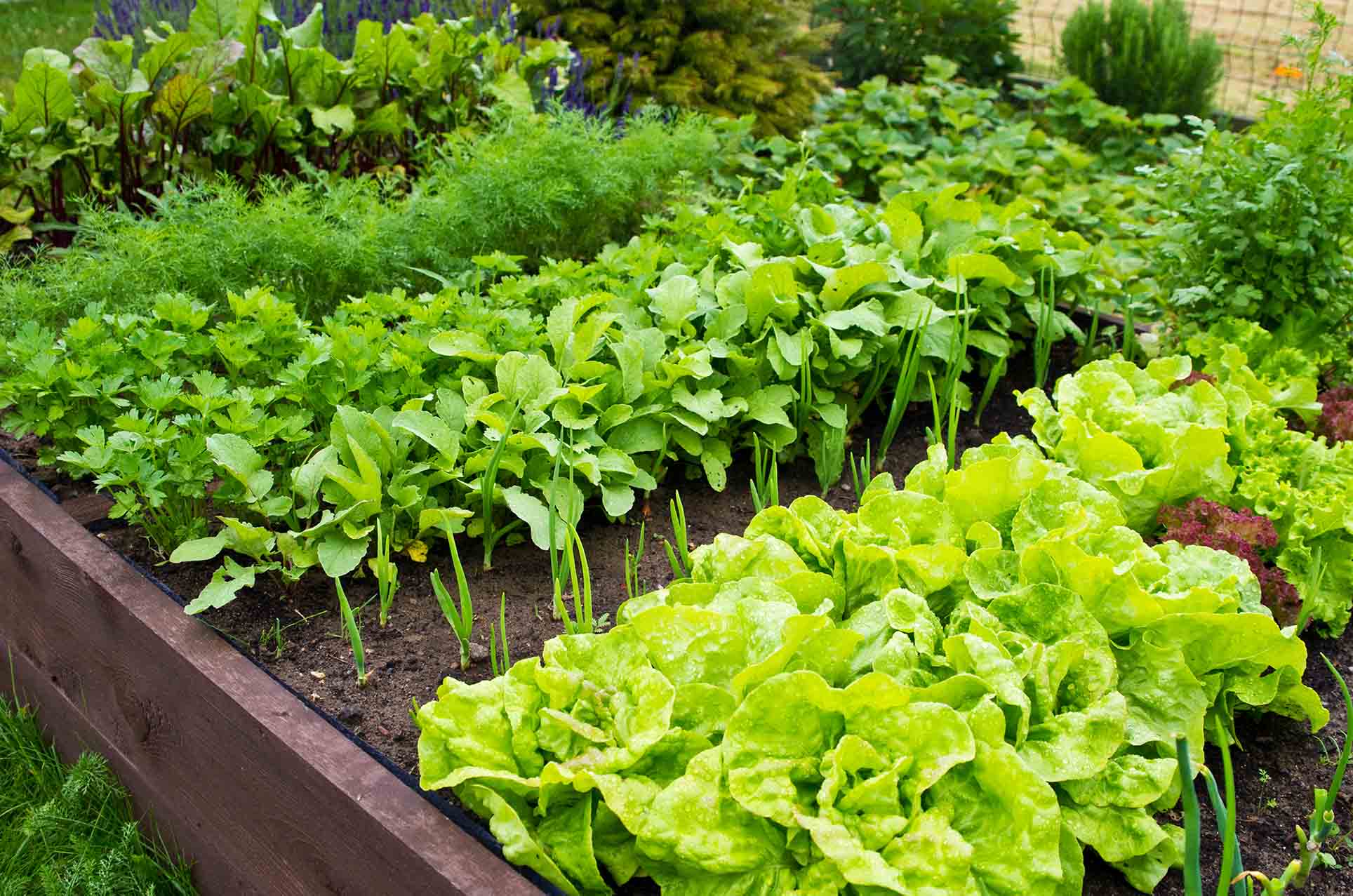
The vegetable garden
This will need water and quite a bit if your crops are heading towards harvest. Mulching the soil after a thorough watering will reduce evaporation. When you’re buying bags of mulch, a rough guide for the amount you’ll need is that the contents will cover the ground to 2 to 3 times the size of the bag.
Many established herbaceous perennials will also be fine without extra watering unless we are in more of a sustained drought situation. If you are able to plan ahead – for drought or for holiday – then deadhead in advance, and even cut the stems shorter. This reduces the plant’s need for water and watering.
If you’ve planted the right plants in the right place and they’re growing in good soil, they will have developed the ability to withstand all sorts of heat, frost, and other traumas.
As an example, in my previous, well-established garden, I only watered mature planting about 3 times a year. The garden was sheltered and many of the Mediterranean-type shrubs grew happily with little attention. For example Lavender, Rosemary, Salvia, Oleander, and Jasmine. Fruit and vegetables and summer pelargoniums in pots needed more watering of course.
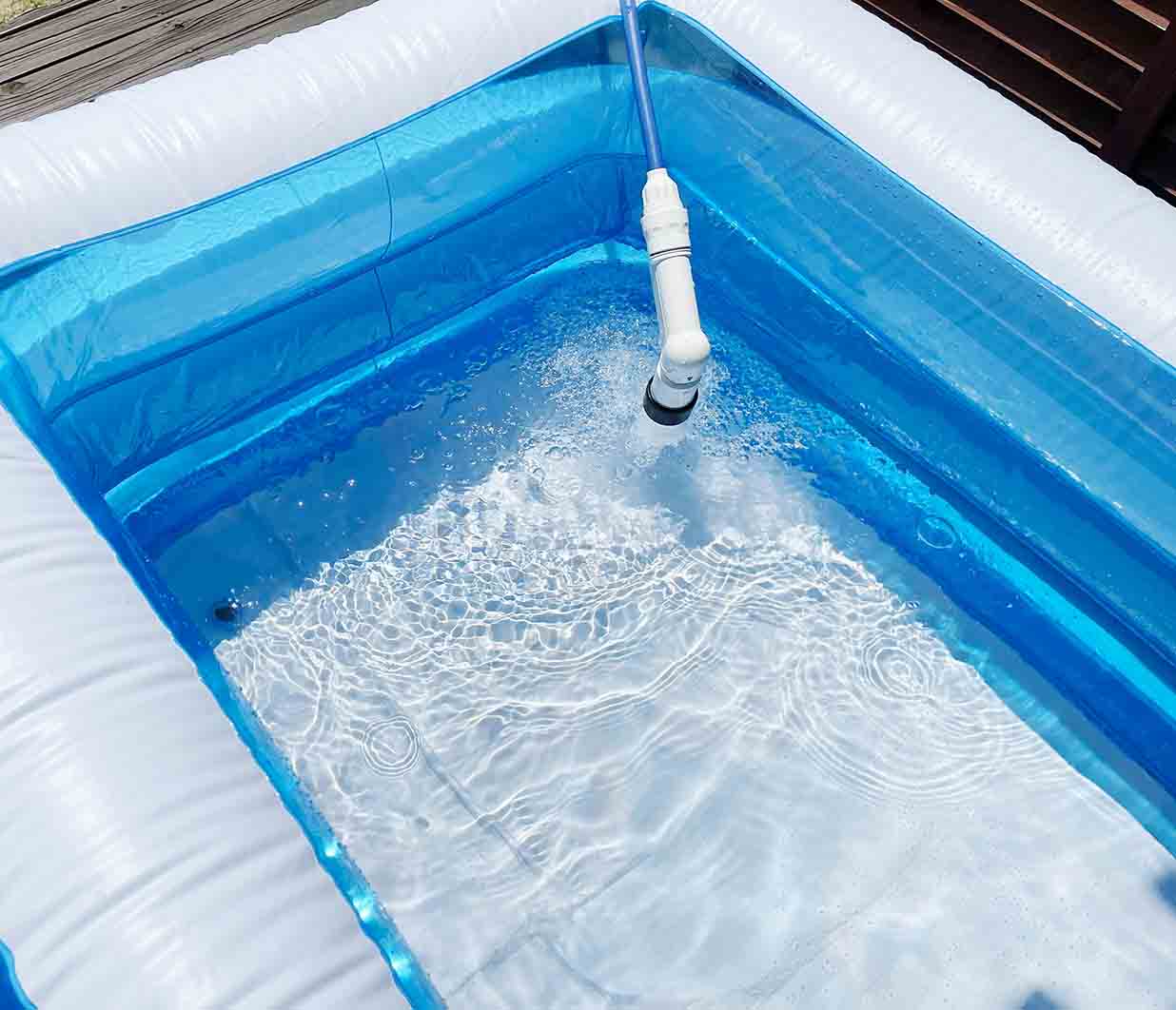
Paddling Pools
Fun for children, pets, and adults. If you can, keep the same water in the pool for a couple of days (or longer). Covering it when not in use reduces evaporation and prevents small beasties from falling in and drowning.
When you empty it, re-use the water. Children often enjoy the whole scooping out water and watering plants task. If you prefer, have them pour the water into watering cans or trugs for you to use on the plants.
If you’ve used an additive to keep the water clean, it may not be suitable for plants. You could still use it for washing the car though (another task the children might enjoy helping with).
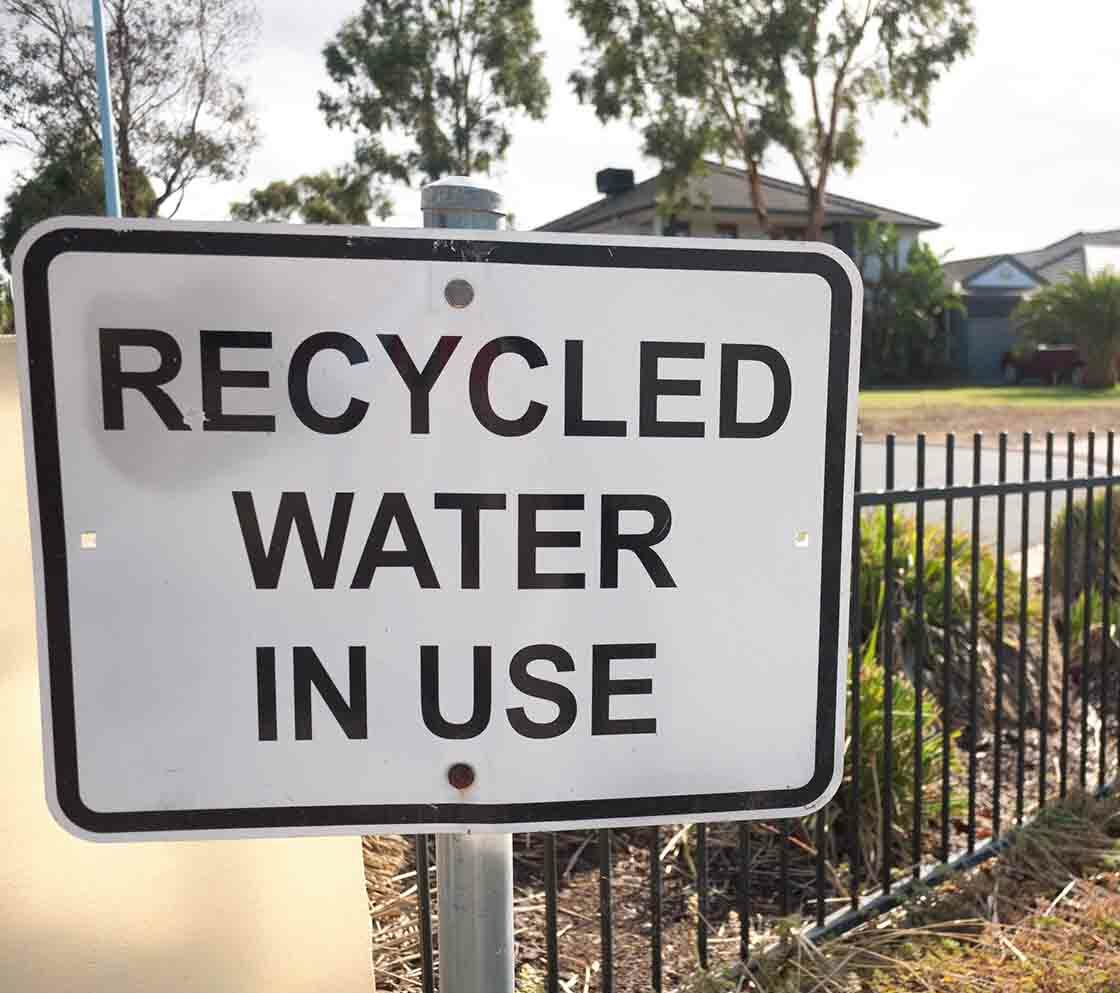
Greywater
Water that’s been used to rinse fruit and vegetables is generally fine to use. Whether you can use water that you’ve washed your hands or dishes in depends on the soap (e.g., nothing anti-bacterial). Only use it on ornamental plants and as a short-term measure. To use it long term in the garden you’ll probably need a full grey water system.
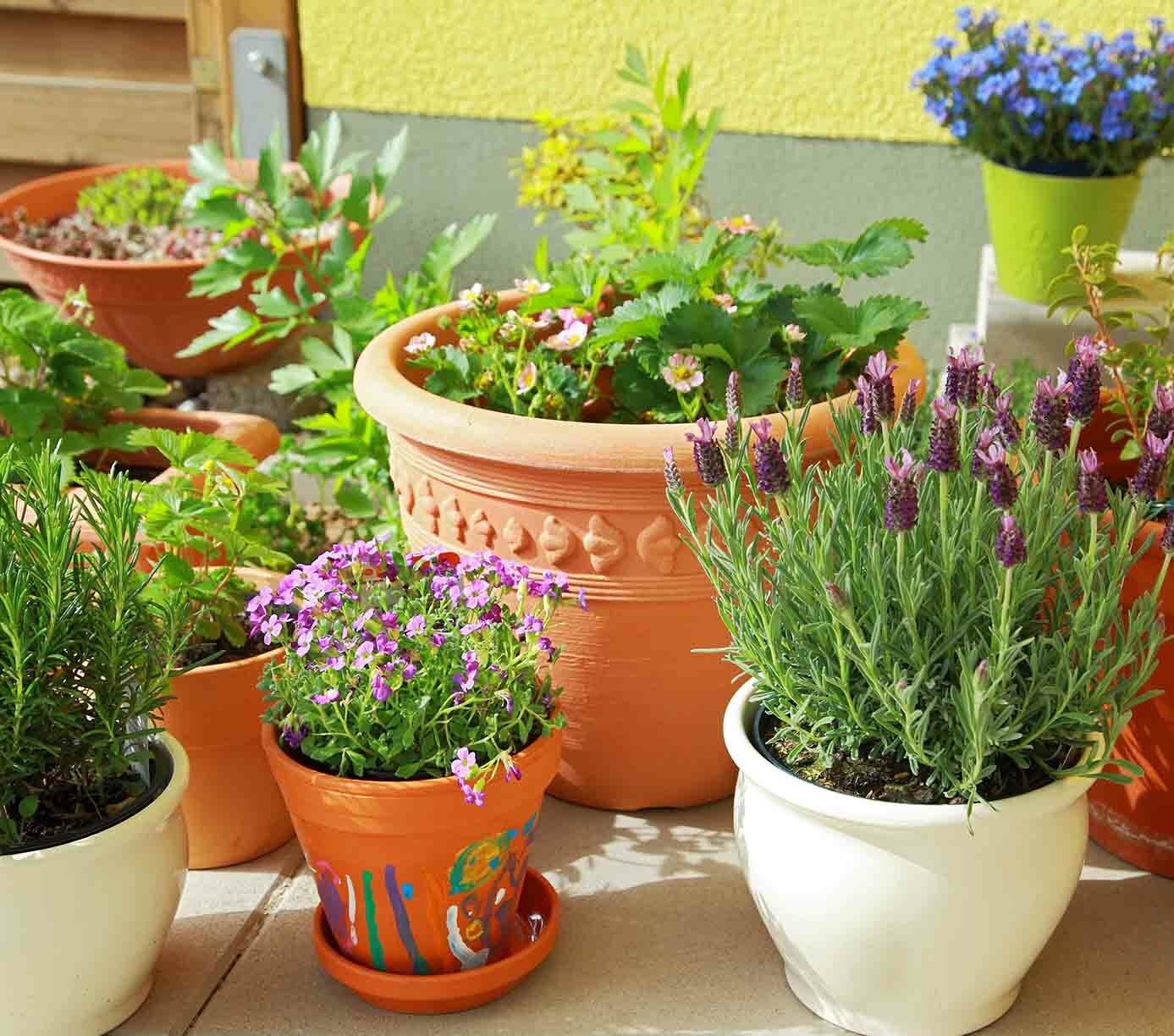
Pots
Plants with grey foliage such as Lavender or furry leaves like Stachys byzantina, tend to be more drought tolerant, but when the temperature rises, most plants benefit from the shade at midday.
To reduce watering needs generally place pots on trays or saucers so that water runoff can be accessed by the roots later. However, do be aware that not all plants like their roots sitting in water for any length of time. These will fare better sitting on a layer of damp gravel. If you need to buy gravel, why not let the children choose which one? There is a selection of colours available at your nearest British Garden Centre. Plants in raised beds will generally dry out more quickly than those in the ground.
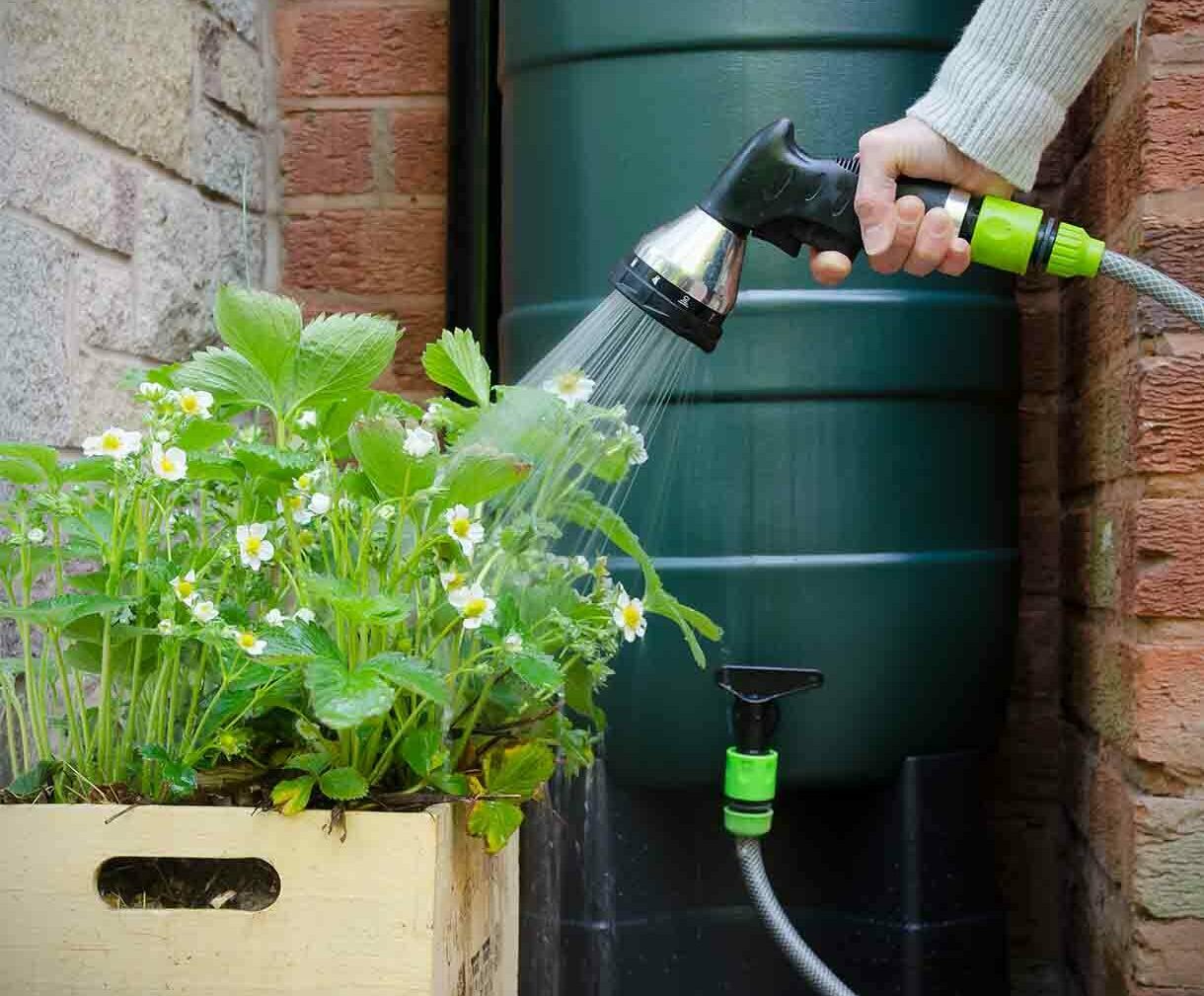
Water butts
No, it’s not too late to buy another one, we will still have rain this summer! If you’re not able to lift watering cans, water butts can be used with a hose attachment.
Holiday tips
The trick is to make it look like you’re still at home, which means your front garden should look cared for.
- Weed and deadhead a few days before you leave.
- Put saucers under pots well in advance of your holiday so it looks ‘normal’. This also allows you to check how thirsty the plants are, and whether they prefer sitting in water or gravel.
- If you have a lawn, trim the edges
- Grouping the pots together in a shadier spot helps to keep them moist. You could also put the thirstier plants on capillary matting, from which water evaporates more slowly.
About the author
Marie Shallcross is an advocate of edible ornamental gardens - beautiful, practical spaces that are both human friendly and wildlife friendly. She is the owner of Plews Garden Design, offering bespoke Gardening Lessons where your garden is your classroom. As well as Garden Design, Planting Designs, and Garden Consultancy.
A member of the prestigious Garden Media Guild, Marie writes a weekly award-winning gardening blog – Plews Potting Shed - plus articles for various publications and websites.





























